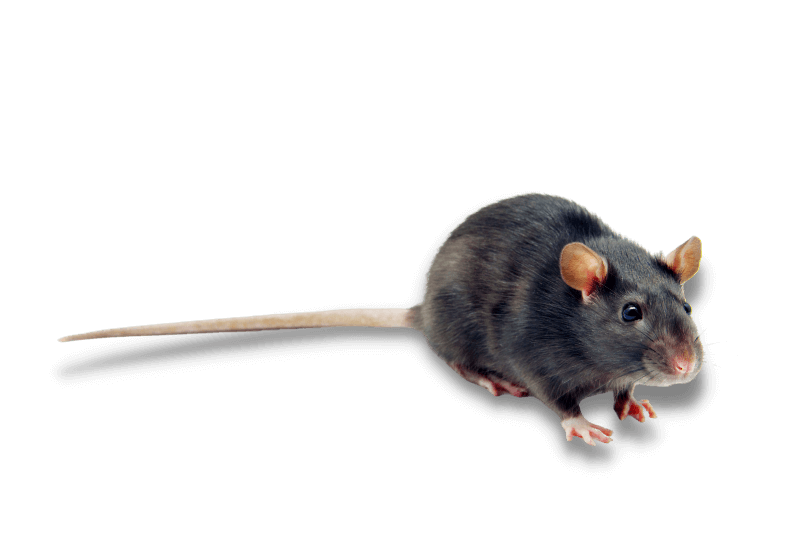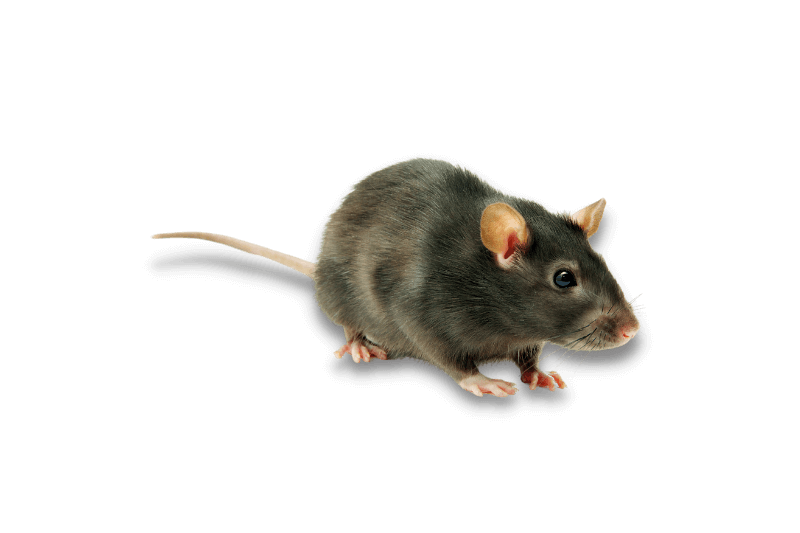Rat Control Philippines
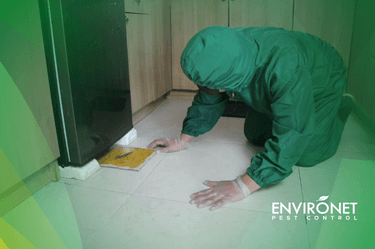
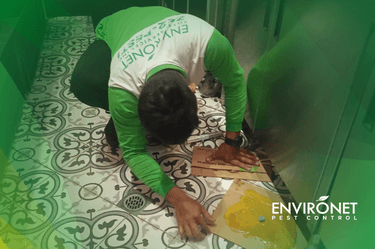
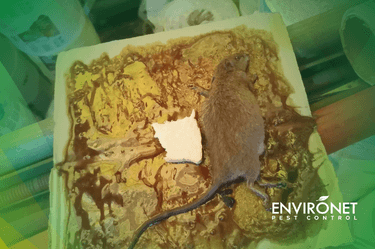
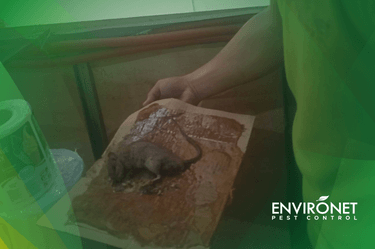
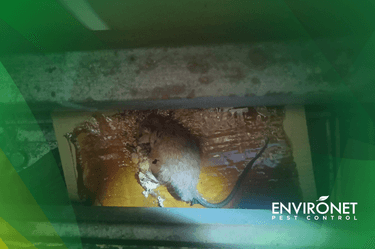
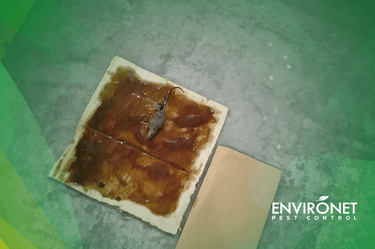
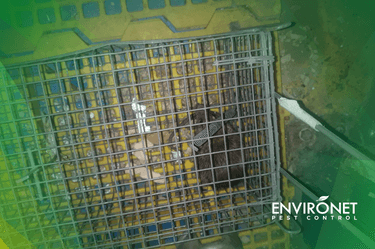
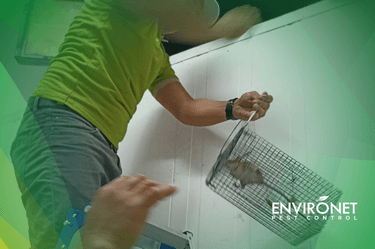

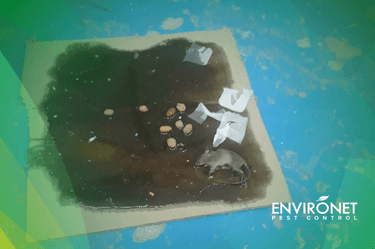

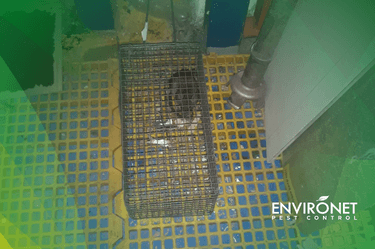
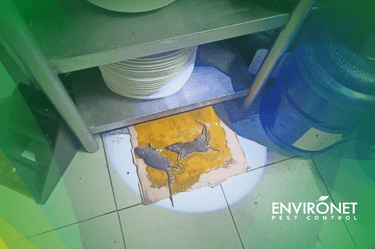
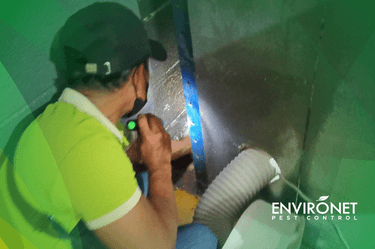

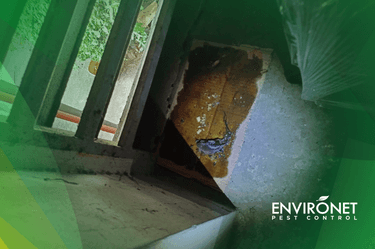
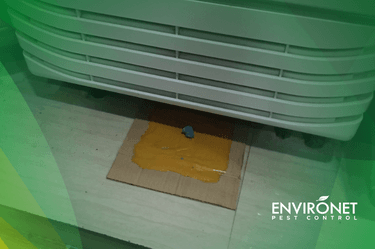
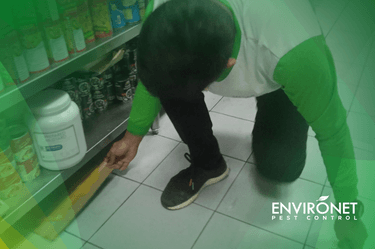
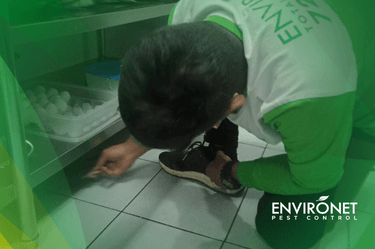
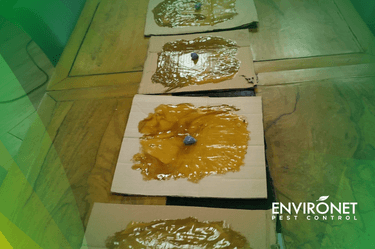
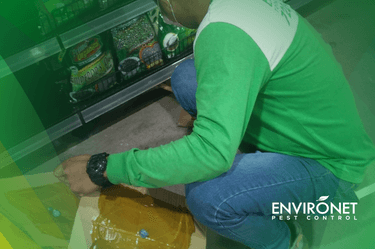
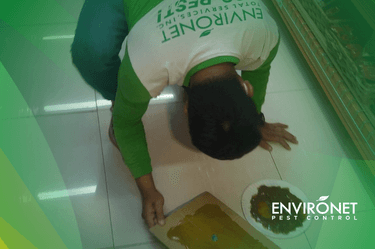
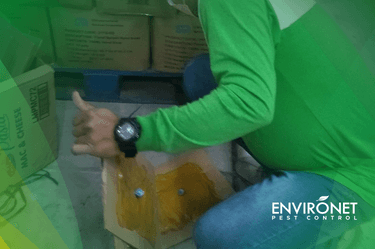


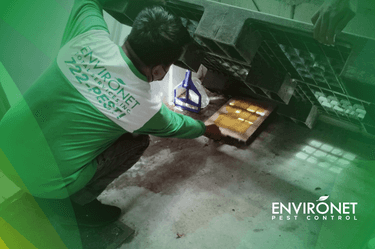
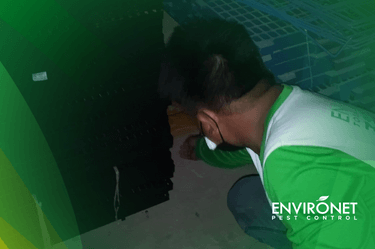
Rat Control
Rat control is an essential service in the Philippines to manage the growing rat population and rat infestation in many urban and rural areas. Brown or sewer rats or Norway rats, and Black or roof rats are only some of the common rat species found in the Philippines. Rat control services can help control and reduce the damage and health risks caused by them.
Bait stations are an effective way to control and kill rats with rodent baits. Snap traps and other traps like glue traps can be used to catch rats, and rat nests and burrows should be identified and destroyed to prevent further rodent activity. Environet Pest Control can help control and provide guidance on the best way to get rid of rats from a property.
A complete inspection of entry points, and areas around the ground floor, should be conducted to prevent rats from gaining access to buildings. Rat problems should be addressed as soon as possible, and the damage rats cause should be repaired to prevent further rodent activity. Black rats, mice, and other rodent species should also be considered when conducting rat control services.
Environet Pest Control is a professional pest control service provider in the Philippines that specializes in eliminating and preventing pests such as rat infestations in residential, commercial, and industrial properties in the Philippines. With a team of skilled and experienced technicians and the use of effective pest control methods and equipment, we offer effective and efficient solutions to address any level of rat infestation. We can help with rodent control and provide guidance on the best way to control rats.
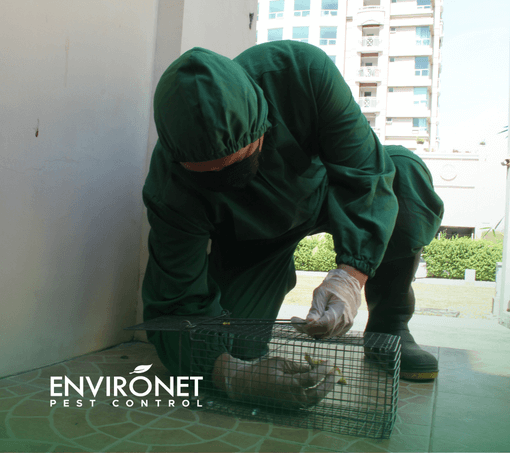
Common Rat Species in the Philippines
Dangerous Facts About Rats
Dangerous Facts About Rats
They are carriers of numerous diseases that can be transmitted to humans through their urine, feces, and saliva. These diseases include leptospirosis, hantavirus, salmonella, and bubonic plague.
They have strong teeth that can gnaw through electrical wiring, causing fires and other electrical hazards.
They can contaminate food, causing food poisoning and other health risks.
They can cause damage to buildings, homes, and other structures by gnawing through walls, insulation, and other materials.
They can reproduce rapidly, with a single female rat producing up to 60 offspring per year.
They can carry parasites, such as fleas and ticks, which can also transmit diseases to humans.
They are excellent climbers and can easily gain access to buildings and homes through small openings.
They have poor eyesight, but their sense of smell and hearing is highly developed, making them difficult to catch.
They are adaptable and can survive in a wide range of environments, making them a significant pest problem worldwide.
They have been known to attack and bite humans, particularly in situations where they feel threatened or cornered.
Food sources such as pet food, food spills, and food storage can attract rats. Rodent droppings can contaminate food, leading to potential disease control issues.
Our Rat Control Methods
Our Rat Control Methods:
High-performing rat control baits, rat cages – very durable, stable, and cost-effective baits, they are ideal for year-round protection of vulnerable areas. Their high levels of palatability and potency mean fewer bait pulses are needed to achieve control. It only takes a single feed for rodents – even ones with a developed resistance to other baits – to consume a lethal dose.
Our Service Process
Inspection
Identification
Agreement
Treatment
Prevention
Having Rat Problems?
We offer rat control in residential, commercial, industrial properties in the Philippines; eliminating and preventing rat infestations.

